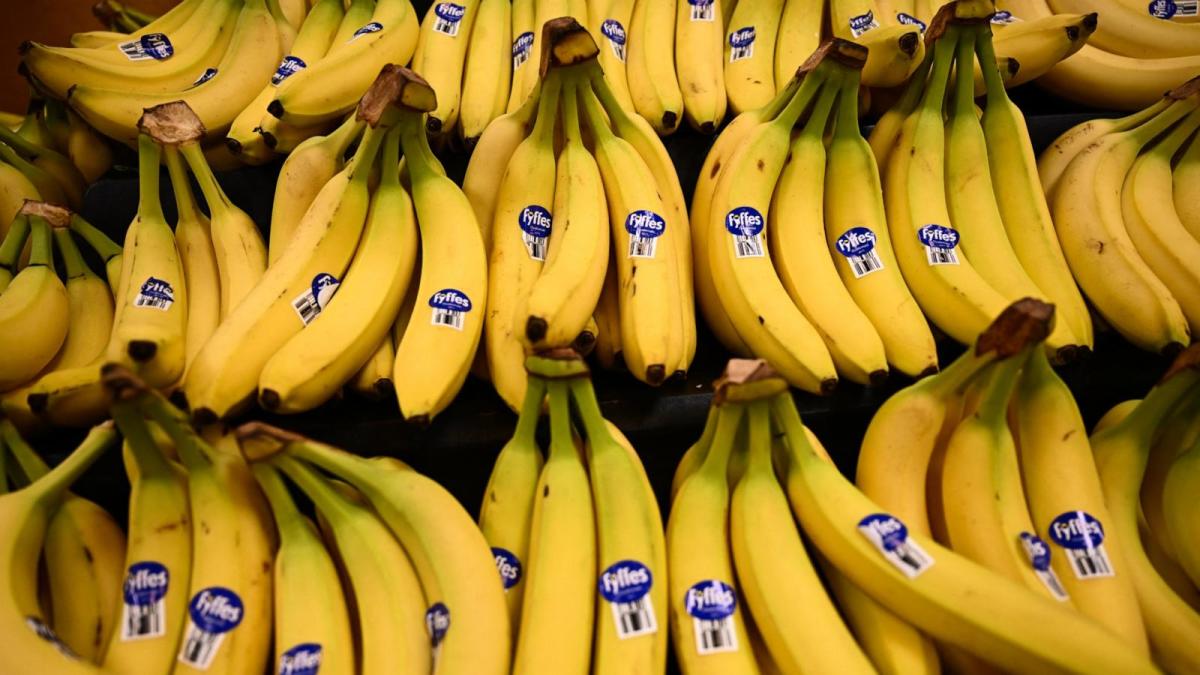
Banana’s Budget Magic: How the Humble Fruit Defies Rising Food Costs
In the face of soaring food prices and strained consumer budgets, one unexpected hero emerges from the grocery aisles: bananas. Despite the tumultuous market conditions, bananas stand out as a remarkably affordable staple for households nationwide, offering a sense of stability amidst economic uncertainty.
This significance is underscored by the United States’ position as the world’s leading importer of bananas by volume, a fact revealed by the Food and Drug Administration. Despite their widespread popularity, bananas continue to maintain a notably lower price point compared to other fruits, serving as a consistent source of affordability for consumers.
With per capita availability of bananas reaching an impressive 26.9 pounds per person, their enduring popularity remains evident despite the challenges of inflation. But what accounts for their remarkable affordability?
A combination of factors comes into play: favorable growing conditions, minimal labor costs, efficient shipping and distribution networks, favorable trade agreements, and the prevalence of large-scale plantations. These factors collectively insulate bananas from the worst effects of price inflation, according to experts like John Soluri, a history professor at Carnegie Mellon University.
Soluri explains that bananas are often considered a “poor man’s luxury” due to their affordability, with much of the processing taking place in low-wage tropical regions. This allows for swift transport of bananas to market, often resulting in competitive pricing.
Luis Ribera, an economist at Texas A&M AgriLife Extension Service, points out that the heavy reliance on imported bananas in the U.S. further contributes to their cost-effectiveness compared to other fruits and vegetables.
Reflecting on historical trends, the U.S. has maintained its position as the top importer of fresh bananas by volume since 1961, with Guatemala emerging as a major supplier, accounting for approximately 41 percent of U.S. banana imports.
In terms of pricing, bananas maintain an impressively low average monthly cost of 62 cents per pound, significantly below competing produce like lemons, grapefruit, and oranges. Notably, the average price of bananas has consistently remained below 80 cents per pound since 2004, according to recent data from the International Monetary Fund (IMF).
Interestingly, bananas have retained their affordability at retailers like Trader Joe’s, where prices have remained stable at 19 cents apiece since the 2000s. Even in proximity to Amazon’s headquarters, bananas are offered for free, reinforcing their reputation as a budget-friendly snack option.
Despite challenges such as threats from deadly fungus and climate change impacts, particularly on the Cavendish variety, bananas exhibit resilience. Their perennial nature allows for quicker supply adjustments compared to other fruits like oranges, offering optimism for continued affordability.
In summary, the unassuming banana continues to serve as a symbol of resilience and affordability in uncertain times, providing a sweet respite for consumers grappling with rising food costs.








